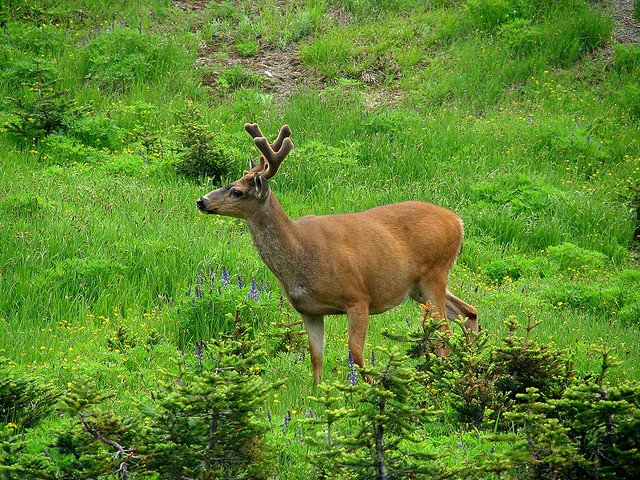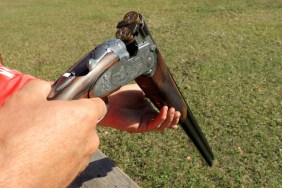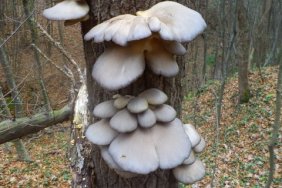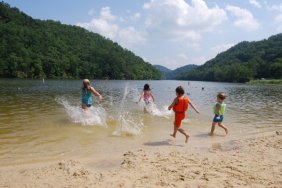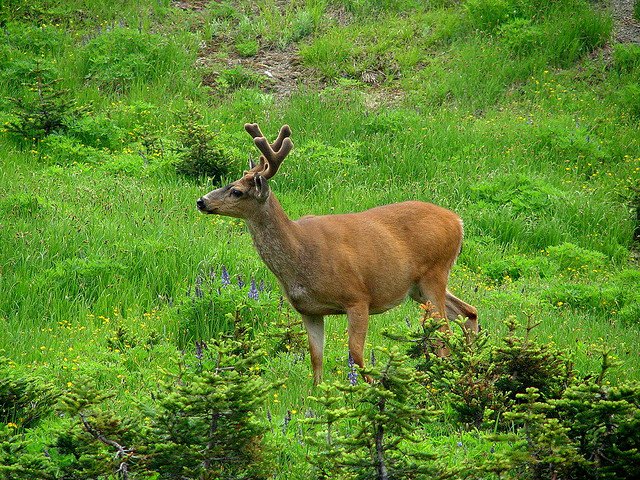
There are mere weeks until opening day of rifle season in California. If you happened to strike out during archery season, there are a few things you can do in these next few weeks that will greatly improve your odds of bagging a buck when the bell goes off.
First off, it’s important to consider that opening day is usually the best chance of shooting a deer. The woods have been relatively quiet until now and most likely, the few bowhunters that were out, were using pretty stealthy tactics. Once the season gets up and running, you can bet that the bigger bucks have headed into the thick stuff, not to be seen for another year. If you’ve been out bowhunting, you might have some intel that the rest of the guys do not. For instance, you’ve probably seen a few and know where they hang out. If you didn’t get a shot with your bow, you might back out and wait for when you can make a longer distance shot. So what about the rest of us? Well, there’s good news, and it’s not too late if you want to do a little bit of pre-season work.
Chances are that the weather won’t change too drastically in the next three weeks, so what you discover is likely to still be there come opening day. This is a great chance to go to where you plan to hunt and do some extensive looking around. Tracking skills are a valuable asset to a hunter. Native American hunters relied on these skills to tell them a lot about the animal they were hunting.
Even if you are relatively new to tracking, there are a few things to look for that don’t involve looking at tracks. By the end of August, most mature bucks are shedding the velvet that covered their antlers. When they start doing this, they are adamant about losing it. Look for rubs where you find tracks. Rubs indicate antlered deer (bucks). As you’re out scouting, be mindful about what’s going on. If you find a heavily traveled trail or crossing, get down a bit closer. How fresh are the tracks? If they look fresh, then it’s probably safe to assume that it’s been used recently and will probably be used for awhile. Now, are there any other sign?
Try to determine which tracks are larger and how deep they sink into the ground. It’s easy to distinguish a bunch of fawn and doe tracks from the larger buck tracks. Follow the trail for a distance, noting special features like rubs on trees or scratches on the ground. Do you see any bedding areas? Do there appear to be any escape routes that are frequently used. Now is the time to become the deer. Think like you would imagine an animal who’s being hunted thinks. Try to be as quiet and as slow as possible and don’t disturb any beds you come across. If you’re certain that this is a well traveled trail, slowly back out and leave. If you have the time, position yourself well away where you have a vantage point and watch for game. This is the part that takes the most patience, but is well worth the effort.
As you are watching, try to imagine where else the deer would go or where they might have come from. Check out these places another day but keep in mind what you’ve observed. It’s a lot of detective work but it does pay off. Most other hunters show up on opening day on a hunch and go from there. The next few weeks are critical if you want to have a chance. Take a little time to explore and be sure to leave your imagination open to anything. I have discovered hidden hotspots by simply taking the time to explore them. The more you look, the more you will educate yourself on the patterns of the local deer. Remember, local deer don’t go too far from their home. They’re in there somewhere so go find them without alerting the whole forest, and then have a good plan for opening day.
Photo credit: Dreamstime
Deer
-
Let's go surfin' dude!
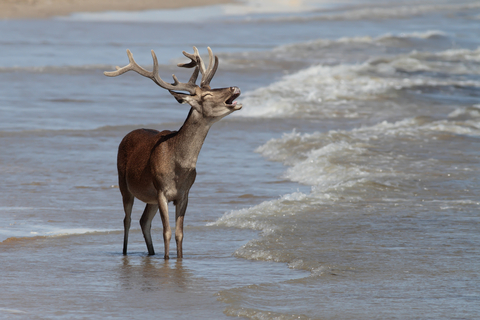
-
Beautiful whitetail deer
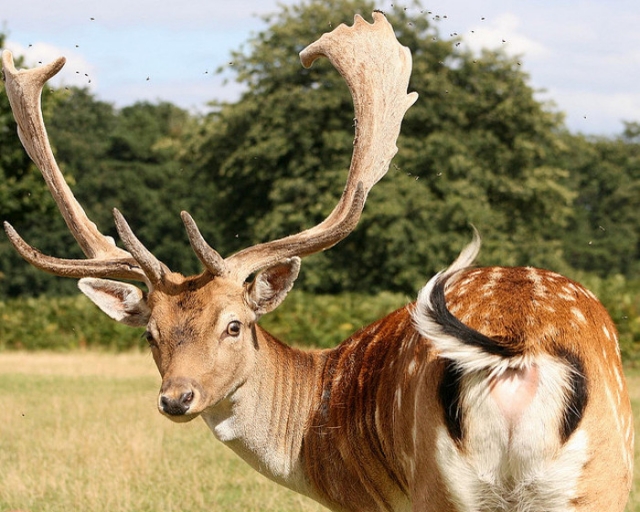
-
Do these stripes look like targets?
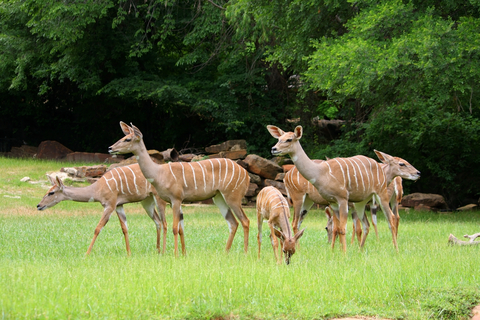
-
Deer down
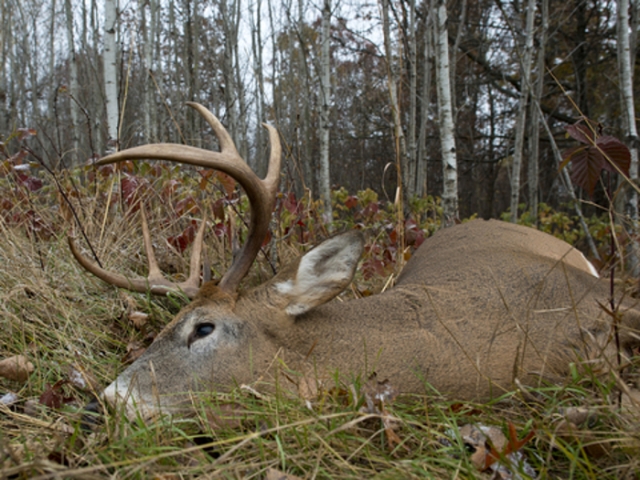
-
Maybe this rock will provide cover.
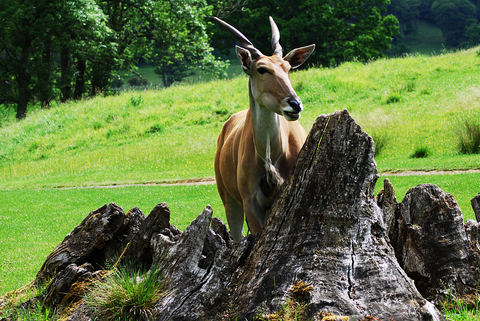
-
Hey little guy.
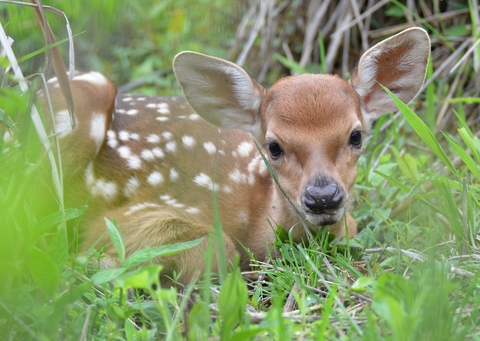
-
I'm a pretty boy.
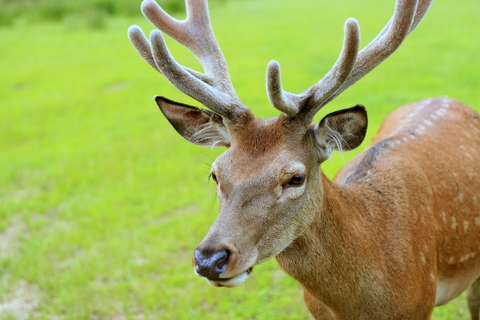
-
Do my ears look big to you?
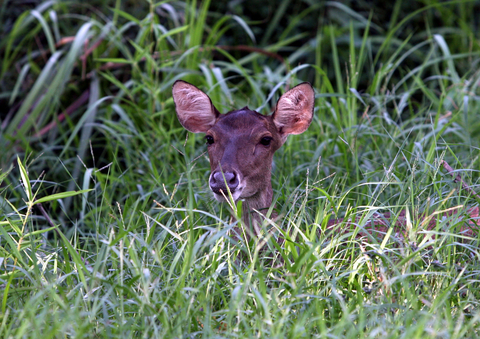
-
The perfect shot
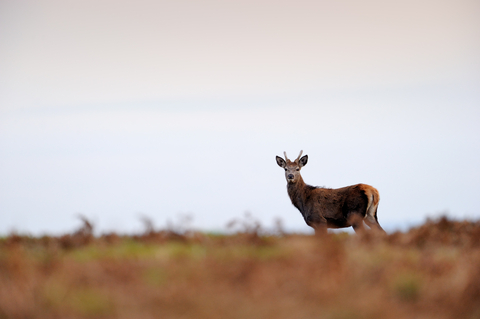
-
I'm just going to learn to like this stuff.
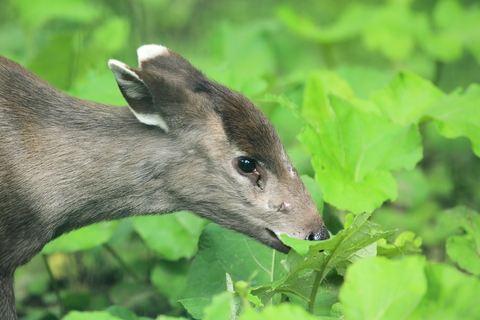
-
A rare albino deer
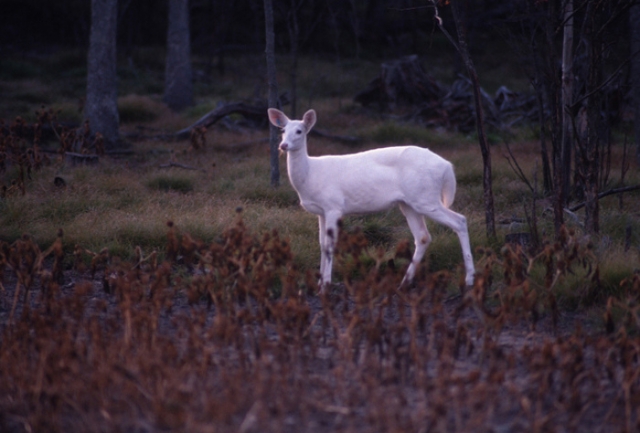
-
Blacktail deer in dry grass
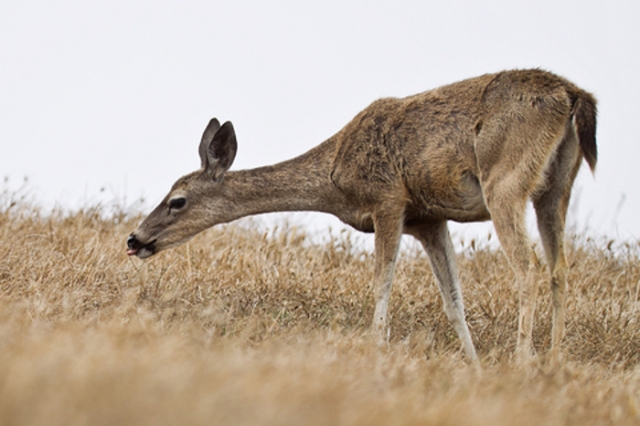
-
Blacktail deer on lush hillside
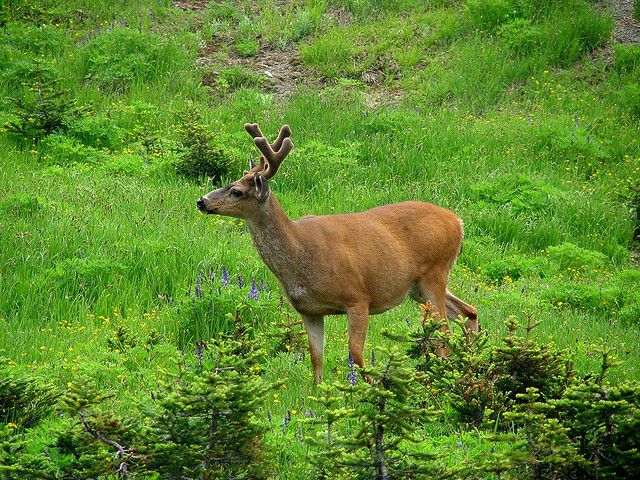
-
A leen blacktail deer seeks shade
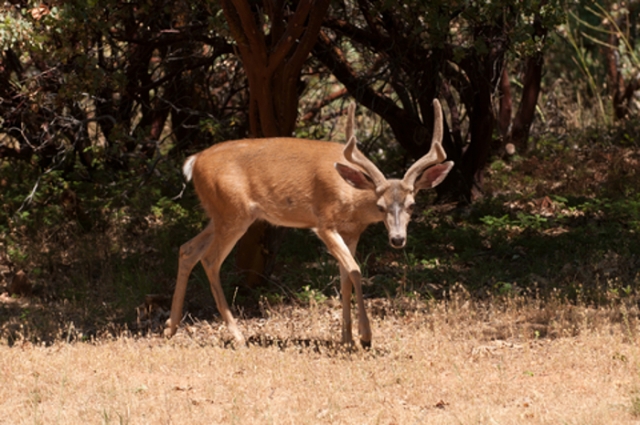
-
Deer in Brownfield, Texas
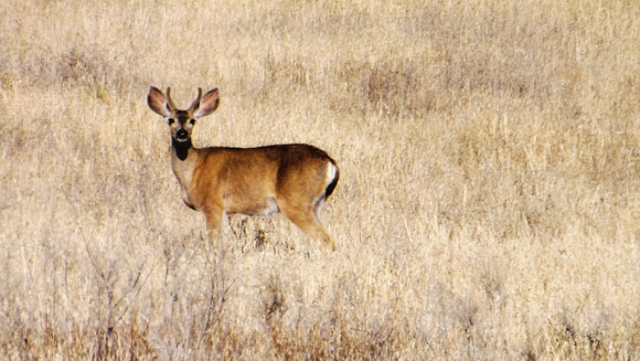
-
Deer in the rain
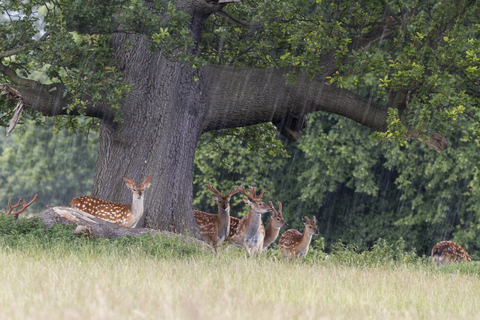
-
Red deer with beautiful antlers
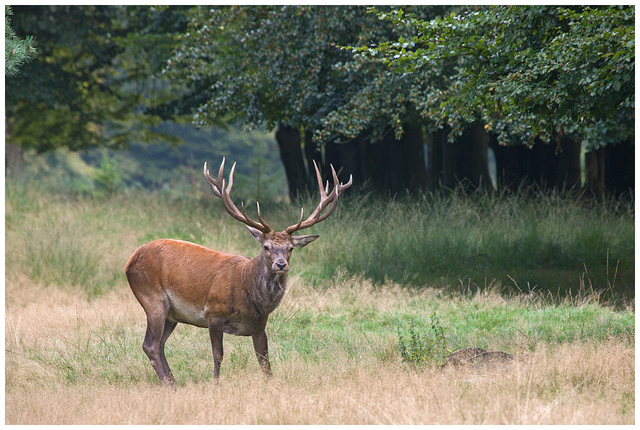
-
Red deer on a hillside
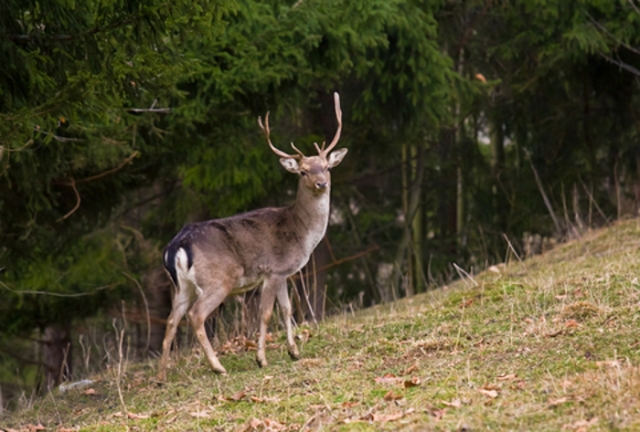
-
Jump! Let's go!
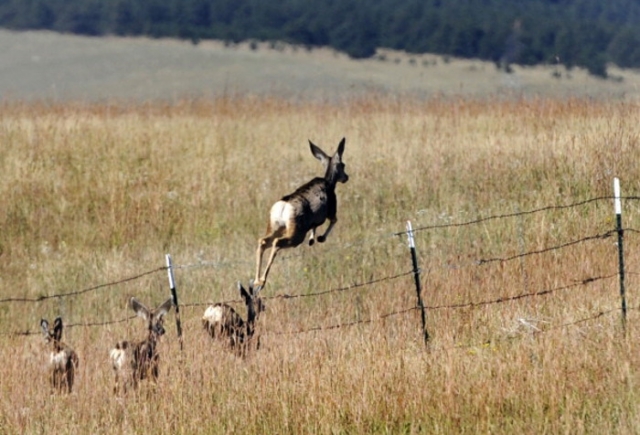
x-default
